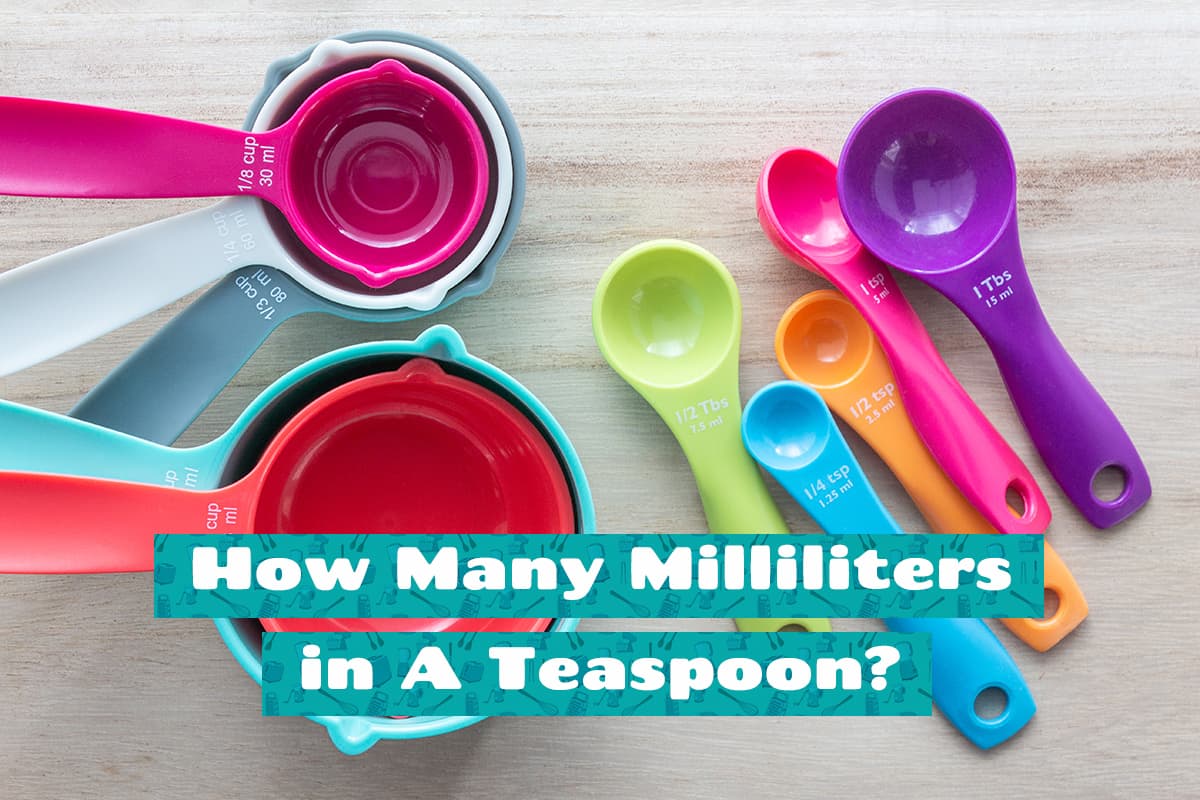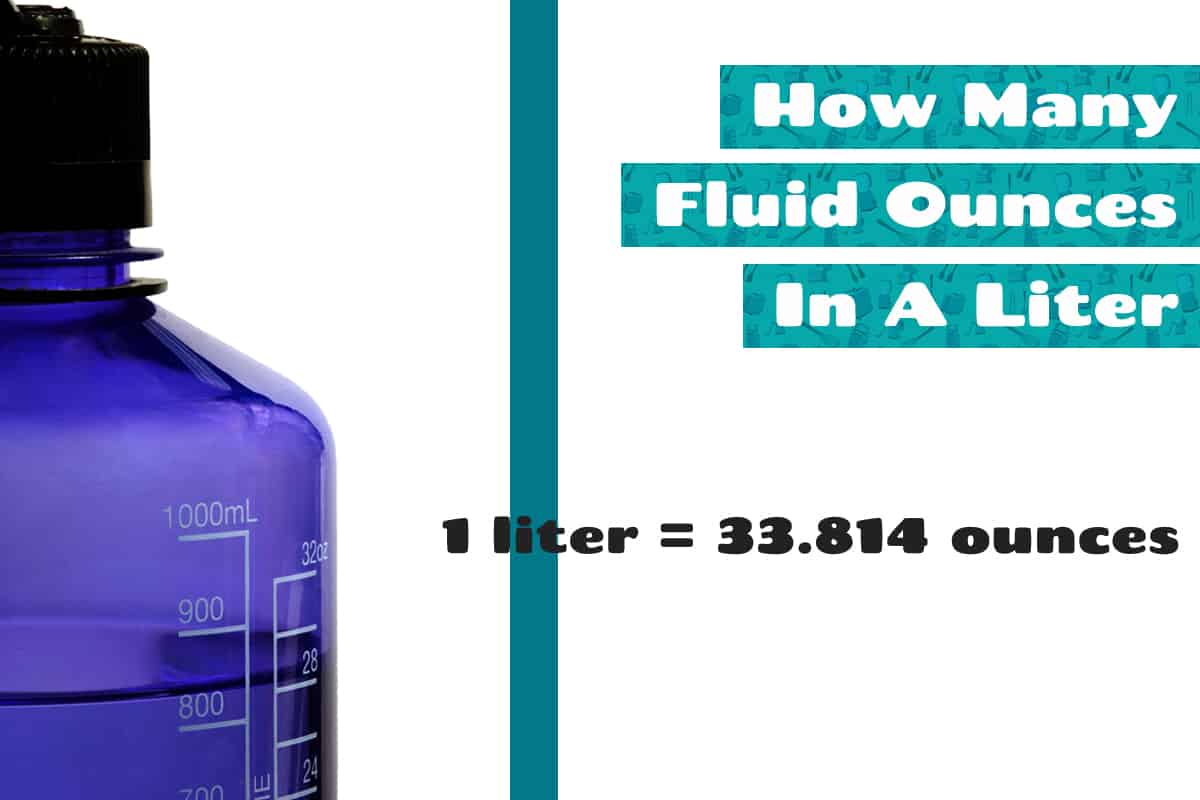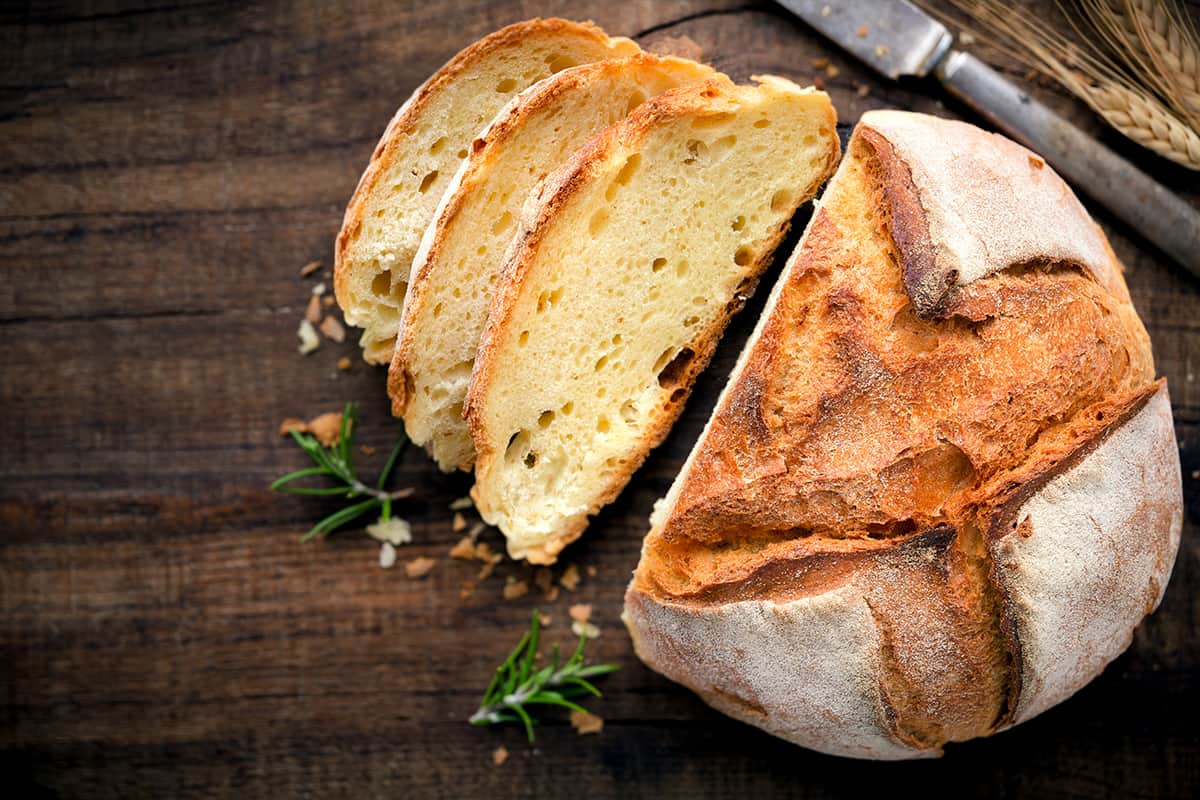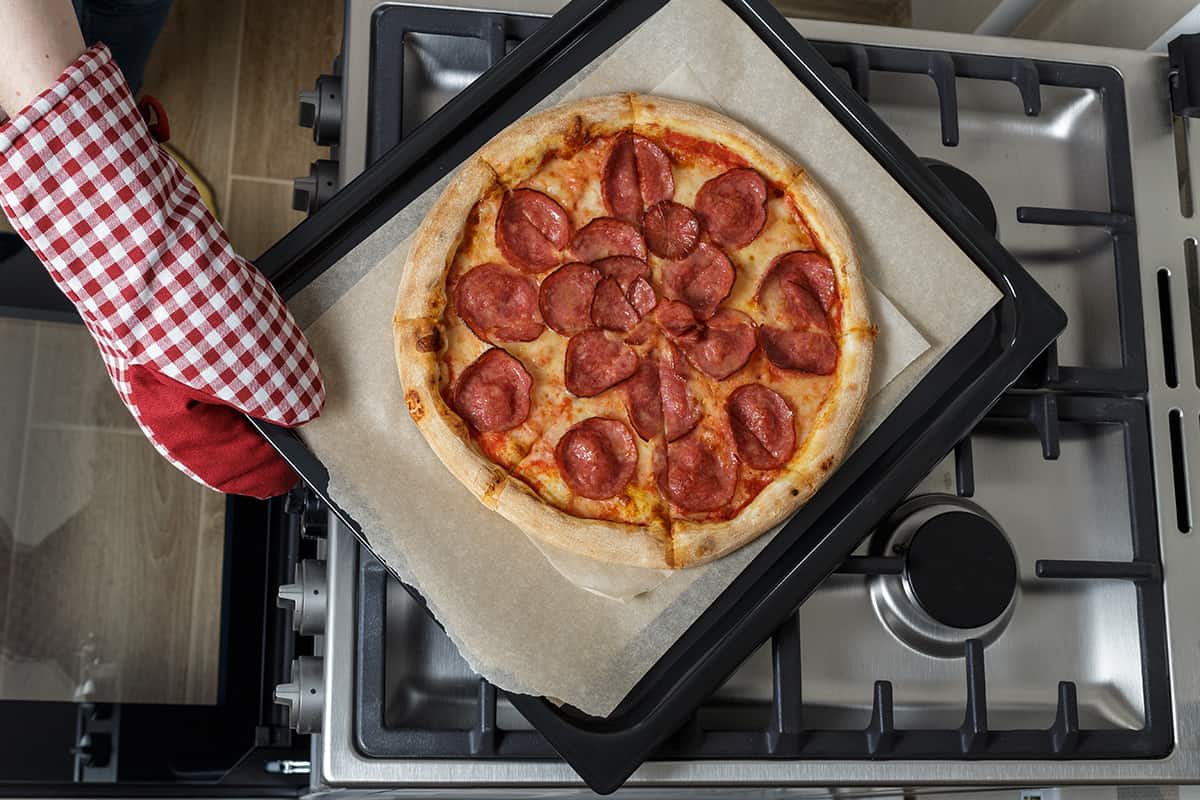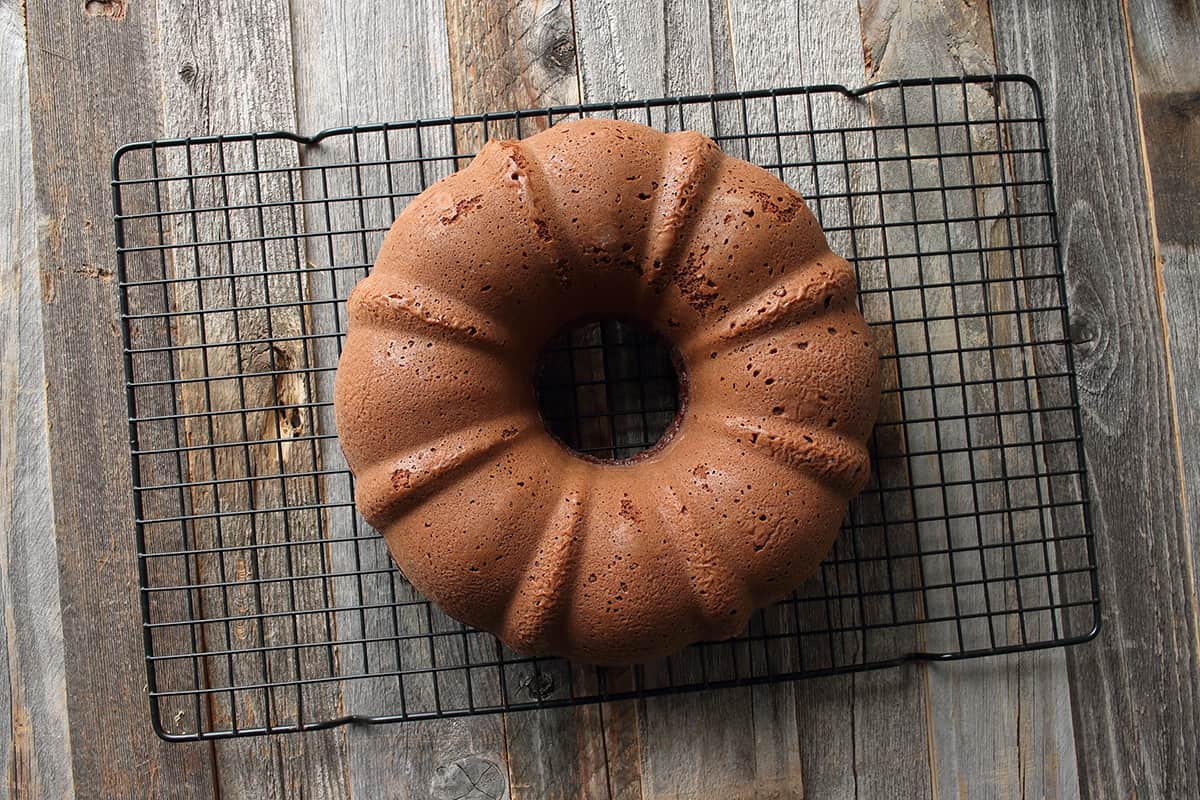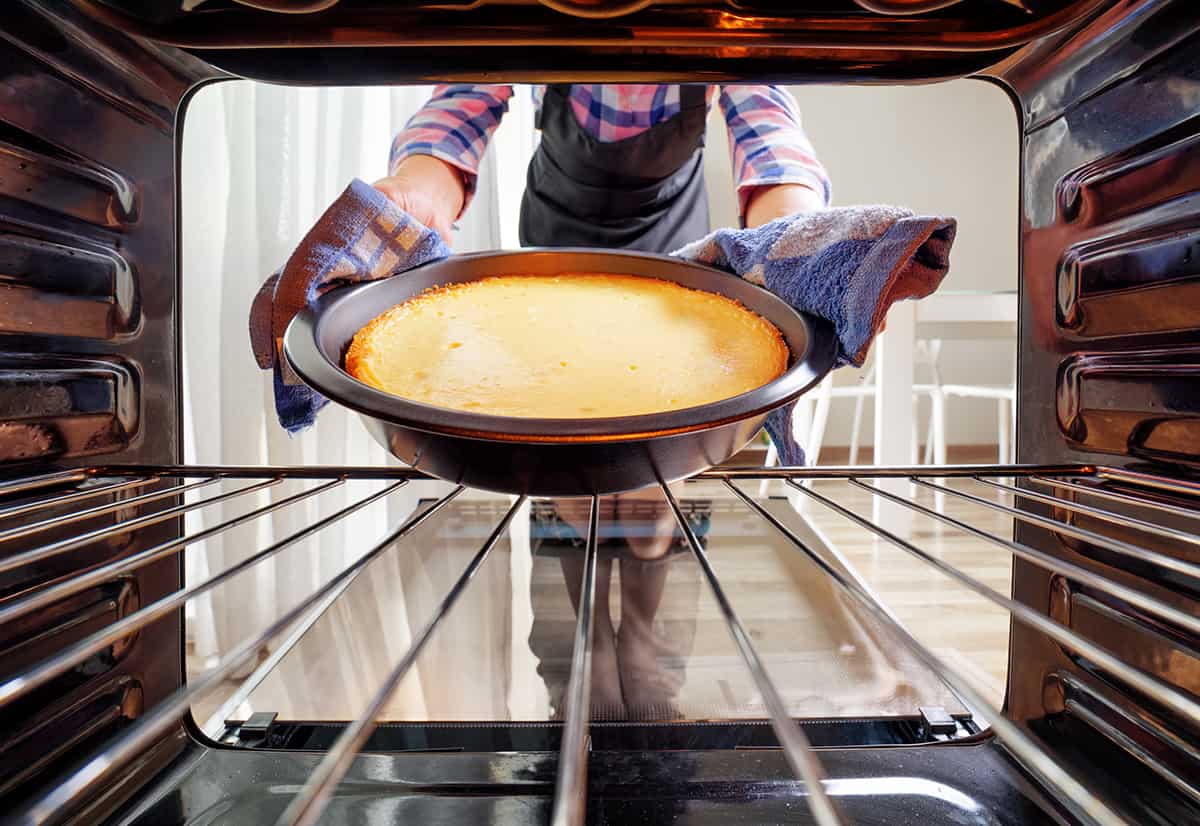In the world of cooking, accurate measurements are the backbone of every successful recipe. Whether you’re baking a cake or preparing a marinade, the difference between a culinary masterpiece and a kitchen disaster can often boil down to the precision of the ingredients you add.
A teaspoon is equivalent to 4.92892 milliliters. For the sake of simplicity, you can convert 1 teaspoon to 5 milliliters when work while tiny amounts of liquid or dry ingredients.
Today, we will discuss the basics of volume measurements, as well as provide a handy teaspoon-to-milliliter conversion chart.
The Basics of Volume Measurements

Volume refers to the amount of space an object or substance occupies, typically measured in units like liters, milliliters, gallons, or cups. In cooking, volume measurements are often used for liquids, but they can also apply to dry ingredients like flour or sugar.
Different countries use different systems of measurement. The two most common are:
- Metric System: Used by most countries globally, it includes measurements like liters and milliliters. It’s a decimal-based system, making conversions within the system straightforward.
- Imperial System: Primarily used in the United States, this system measures volume in gallons, quarts, pints, and cups.
Milliliters
A milliliter (often abbreviated as ml) is a metric unit of volume. One liter is made up of 1,000 milliliters. This unit is commonly used in cooking, especially when dealing with small amounts of liquid like extracts or oils.
Teaspoons and Tablespoons
Both teaspoons and tablespoons are units of volume used primarily in cooking. They’re especially prevalent in countries that use the imperial system. Teaspoons are the smaller of the two, which is typically used for measuring salt, spices, or baking powder.
Why Accurate Volume Measurements Matter
In cooking, a slight variation in ingredient quantity can drastically affect the outcome. In baking, you should get the precise measurements in order to achieve the correct texture and rise. Dishes that use soups or sauces can also be affected by tiny deviations from the original recipe, leading to unpalatable thickness or runniness.
Converting Teaspoons to Milliliters (and Back)
Now, let’s discuss the main topic of this guide: converting teaspoons to milliliters. Don’t worry—it’s not too difficult, as long as you have a basic grasp of simple mathematics.
- Milliliters = Teaspoons × 4.92892
- Teaspoons = Milliliters ÷ 4.92892
If you’re measuring in tiny quantities (you’ll need to be the judge of what “tiny” means in this context), you can use 5 as the conversion factor in both formulas. For instance, 5 teaspoons of salt would equal 25 milliliters.
Teaspoons to Milliliters Conversion Chart
Here’s a simple conversion chart to help you figure out how many milliliters of an ingredient you’d need based on specific teaspoon quantities:
| Teaspoons | Exact Conversion (4.92892 ml per tsp) | Estimated Conversion (5 ml per tsp) |
| 0.5 | 2.46 | 2.5 |
| 1 | 4.93 | 5 |
| 1.5 | 7.39 | 7.5 |
| 2 | 9.86 | 10 |
| 3 | 14.79 | 15 |
| 4 | 19.72 | 20 |
| 5 | 24.64 | 25 |
| 6 | 29.57 | 30 |
| 7 | 34.50 | 35 |
| 8 | 39.43 | 40 |
| 9 | 44.36 | 45 |
| 10 | 49.29 | 50 |
| 15 | 73.93 | 75 |
| 20 | 98.58 | 100 |
| 25 | 123.22 | 125 |
| 30 | 147.87 | 150 |
| 50 | 246.45 | 250 |
| 100 | 492.89 | 500 |
| 1000 | 4928.92 | 5000 |
| 2000 | 9857.84 | 10000 |
| 5000 | 24644.60 | 25000 |
Recipes won’t usually ask that you add over 20 teaspoons of a specific ingredient, but we’ve included this to demonstrate the difference between precise and estimated conversions.
The second column shows how many milliliters you’d get from teaspoon amounts using precise measurements, while the third column is based on the simple conversion factor of 5. The higher the teaspoon amount goes, the greater the disparity between the second and third columns.
So, if a recipe, for whatever reason, asks that you add more than 100 teaspoons to a cooking dish, make sure to follow the precise conversion factor instead of the simple one.
Practical Applications in the Kitchen
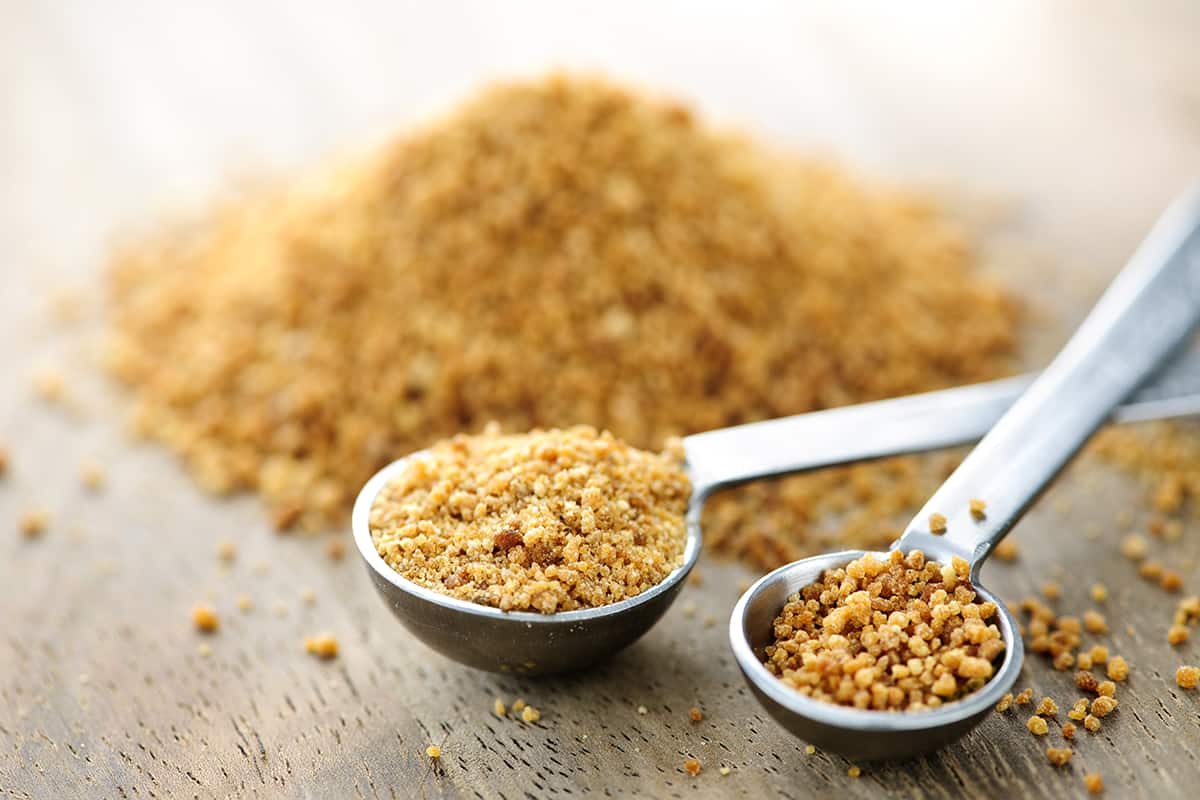
Converting teaspoons to milliliters (and vice versa) is all about achieving the best baking and cooking results. Without conversions, especially when dealing with recipes from other countries, you might end up with a dish that you wouldn’t even feed to your worst enemy.
Measuring Ingredients Accurately
- Liquid Ingredients: Whether it’s vanilla extract, olive oil, or lemon juice, precise measurements ensure balanced flavors and textures. Remembering that 1 teaspoon roughly equals 5 milliliters can help you adjust quantities with ease.
- Dry Ingredients: Even for powders and granules, like sugar or spices, the difference between a teaspoon and a milliliter can be significant in determining the dish’s final taste.
Scaling Recipes Up or Down
- Multiplying Quantities: If a recipe serves 4 but you need to serve 8, you’ll double the quantities. Knowing conversions can assist when your primary measuring tool isn’t large enough.
- Dividing Quantities: Similarly, if you’re cooking for two, halving a recipe that serves four becomes simpler with a grasp on measurement conversions.
